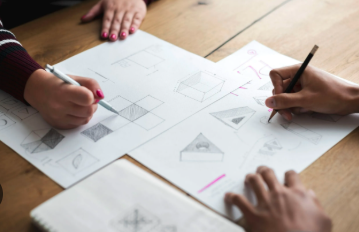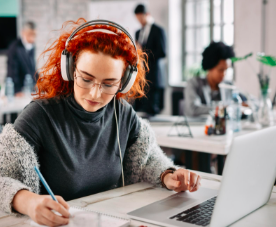Student reflection is an essential part of meaningful learning, and one practical way to foster it is through the use of portfolios. When students collect and curate their own work, they become more aware of their progress, strengths, and areas for improvement.
A portfolio can take many forms — digital folders, physical binders, or online platforms. The key is that students take ownership of what they include, from drafts to final projects, along with personal reflections. This process helps students connect their daily efforts with long-term goals.
Teachers can guide this practice by setting aside regular time for students to review their work and write short reflections on what they learned and how they approached each task. These moments of self-assessment encourage students to think critically about their learning habits and celebrate growth over time.
Portfolios are also useful for parent-teacher discussions, as they provide clear evidence of a student’s development. They can spark conversations about learning goals and support a stronger sense of accountability and pride in the student’s achievements.
By encouraging reflection through portfolios, educators help students become more independent, thoughtful learners — skills that benefit them far beyond the classroom.














